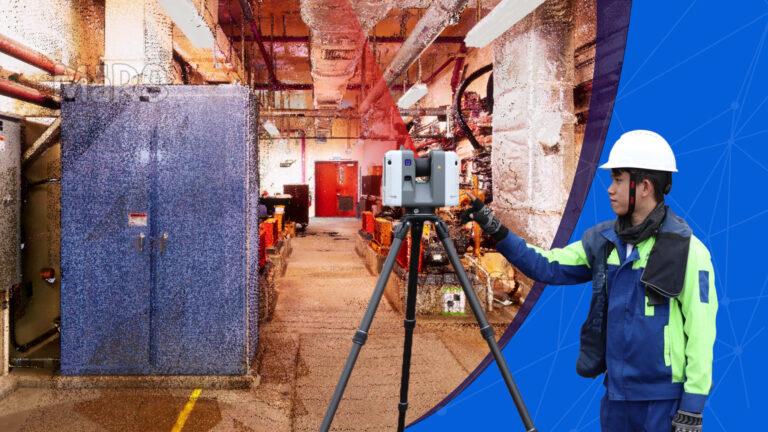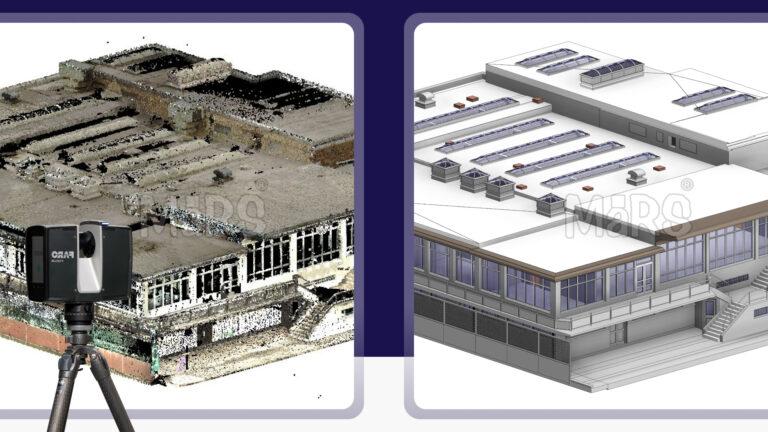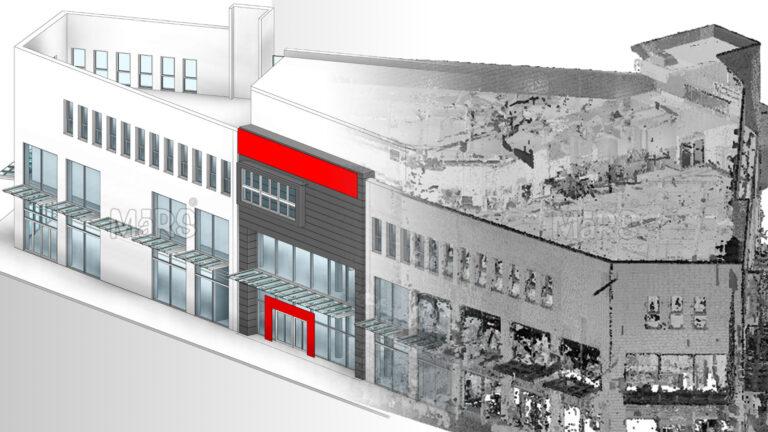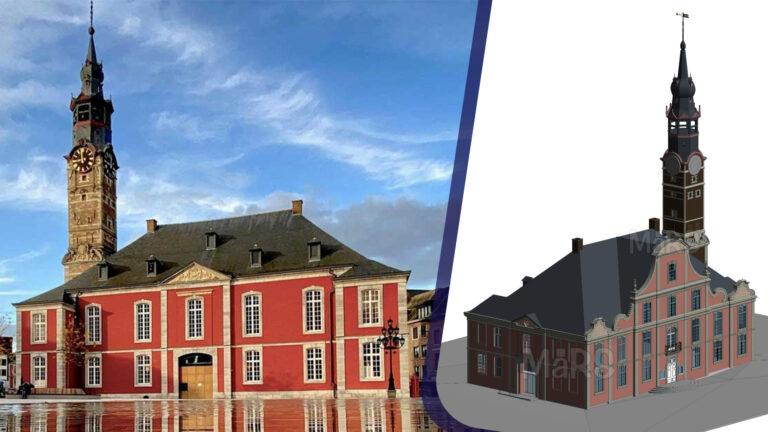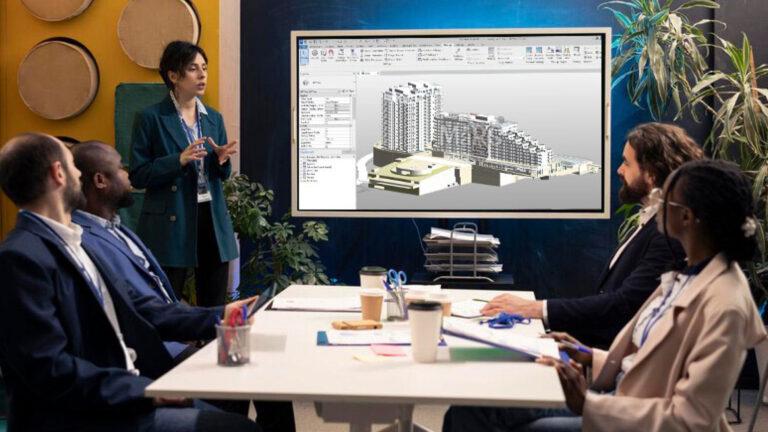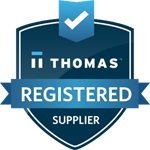The AEC industry has been revolutionized by BIM by allowing digital building model generation and management from inception to end. There are two major standard mapping approaches and Scan to BIM Services, a new technique that provides essential information for renovation, addition, or accurate as-built documentation. Though conventional surveying is the norm, scanning technology linked to BIM software offers an attractive option. This article will look at both method’s technical aspects, their merits, and demerits so that architects can make informed judgments about them.
Traditional Survey Methods
In the AEC industry, classical surveying serves as a basis that captures spatial data in a proven way. They employ a range of tools and means for determining distances, angles, and heights; as a result, they manage to come up with comprehensive blueprints.
For each project, setting out is done on known control points so that other features can be positioned through measurement and triangulation by Surveyors. The information that has been gathered is then carefully processed to give 2D plans along with sections and elevations.
Strengths of Traditional Surveying
Specific Assignments: This is highly effective for smaller projects or when measurements are needed to verify a single dimension for example.
Cheaper to Start: In contrast, conventional mapping tools can be said to be less expensive than scanning equipment as such.
Weaknesses of Traditional Surveying
Time-Consuming: Mostly on larger or more complex schemes, information gathering, and processing can be very arduous and time-consuming activities.
Complex Geometries Cannot Be Captured Fully: It may be difficult for standard methods to capture the details or shapes that contain irregularities with great accuracy.
Human Mistakes: Manual measuring and calculating are prone to human errors that result in inaccurate results.
Difficulties in Visualizing: The drawings created sometimes depict unseen 3D views or incorporate some design changes.
Although this tool has its limits, the expected survey remains useful. This is facilitated by the presence of new technologies like scanning that enables quick and efficient operation.

Scan-to-BIM
A technology rapidly changing and revolutionizing the AEC industry by changing how building details are collected and used is Revit Standard Scan to BIM also known as laser scanning. It involves using the laser scanner to quickly and accurately capture millions of mesh points, creating a complete digital representation of existing conditions.
When it comes to 3D space, scanning works by emitting laser beams and measuring the light bounce-back time. The point cloud represents this kind of information derived from this scanned area. As a result, various purposes such as design, analysis, construction planning, and facility management can benefit greatly from an accurate detailed 3D model.
Strengths of Scan to BIM
Quick Data Acquisition: Through scanning, large complex structures can be captured in just a small fraction of the time required by conventional surveys and handfuls of data.
High Level of Detailing: From the resulting point cloud and BIM model one can get a detail level that had never before been achieved, which includes intricate geometries plus even slight surface variations.
Accurate As-Built Conditions: Through laser scanning, an accurate perception of a building is captured including all deviations that can be used as the basis for renovations or additions.
Minimized Site Disruption: This reduces the number of times site visits are needed thus disrupting ongoing activities and improving safety.
Weaknesses of Scan to BIM
Greater Initial Cost: The laser scanning tools and software can be expensive which calls for a significant starting capital.
Specialized Skills: The technology necessitates specialized training and expertise to operate well and process the details correctly.
Problems of Data Processing: Noise, occlusion (hidden areas), and large datasets create stumbling blocks during data processing.
However, despite these challenges, many find scan-to-BIM advantageous as it is increasingly gaining popularity as an option for projects requiring fast completion, precise measurement, and extensive data recording.
Direct Comparison of Traditional Surveying and Scan to BIM
To explain further the differences between traditional surveying and scan-to-BIM, let us compare important factors:
| Feature | Traditional Surveying | Scan to BIM (Laser Scanning) |
| Speed | Slower | Faster |
| Accuracy | high (for specific points) | High (comprehensive) |
| Details Level | Lower | Higher |
| Visualization | Limited (2D plans, sections) | Extensive (3D Models) |
| Cost | Lower Initial Investment | Higher Initial Investment |
| Expertise Required | General Surveying Skills | Specialized Software and Processing Knowledge |
| Data Collection Method | Manual measurements, Calculations | Automated Laser Scanning |
| Ideal Project Size | Smaller Projects, Specific Details | Larger Projects, Complex Geometries |
As shown in the table, conventional mapping scores highly when there is a need for particular measurements or saving funds. It remains reliable and cost-effective for numerous uses. On the other hand, scan-to-BIM excels in high-speed work; all-inclusive data collection efforts along with detailed visualization. This technique works best when undertaking large intricate undertakings where site disturbance needs to be minimized while detailing is essential. For more information, you can check out our blog on the Scan to BIM Process and its Working.
Conclusion
In summary, the option between conventional surveying and scanning for BIM depends on carefully assessing project demands. With established processes and low prices, conventional methods are more suitable for smaller projects or those that are detail-focused. Although its initial cost is high, scan-to-BIM offers high efficiencies in terms of accuracy and holistic capturing of data making it invaluable in large complex projects. As technology advances, we will probably observe an increase in hybridized approaches that combine aspects from both to actualize the AEC industry’s improvements through optimal project results.


